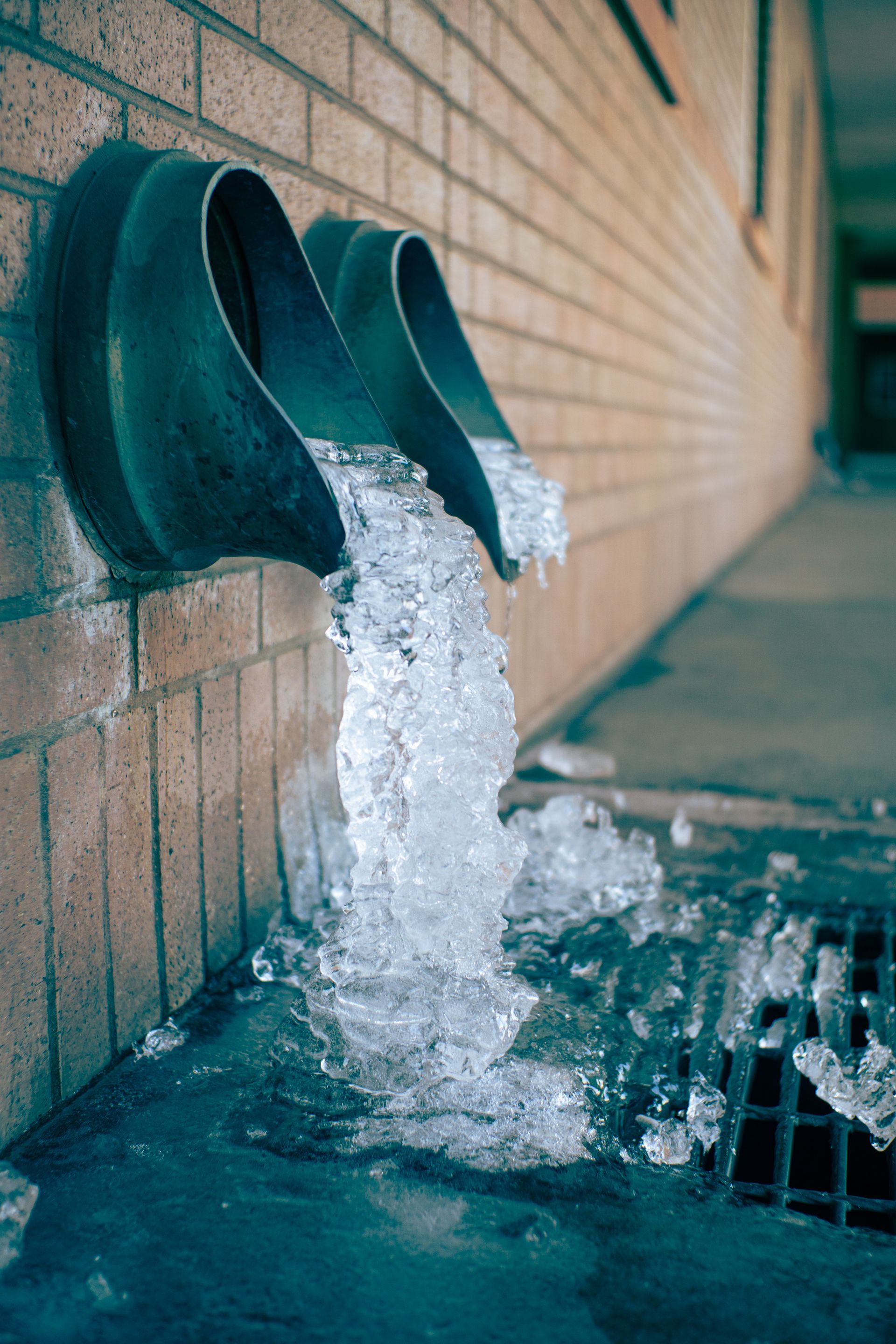Why Floor Drains Matter: An Insider's Guide to Choosing and Maintaining Them
Ensuring Efficiency and Safety in Your Space with the Right Floor Drain Solutions
In the realm of building maintenance and construction, certain elements often go unnoticed until problems arise. Among these, floor drains hold a critical yet understated role in ensuring the efficiency, safety, and hygiene of any residential, commercial, or industrial space. This insider's guide delves into the importance of floor drains, offering key insights into selecting and maintaining them—without the influence of brand promotion or company advertisement. Additionally, we'll touch upon how professional services play a pivotal role in this context.

The Significance of Floor Drains
Floor drains are integral components of an effective water drainage system, designed to remove excess water and prevent the accumulation of standing water which can lead to slip hazards, structural damage, and the growth of harmful bacteria. They are commonly found in bathrooms, kitchens, basements, garages, patios, and even in commercial spaces such as restaurants, laundry facilities, and factories. The proper selection, installation, and maintenance of floor drains can significantly impact the functionality of these areas, contributing to a safe and clean environment.
Choosing the Right Floor Drain: What to Consider
Selecting the appropriate floor drain for your needs involves several considerations to ensure optimal performance and longevity. Here are some key factors to keep in mind:
Location and Purpose:
The area where the drain will be installed and its primary function will dictate the type of drain required. For instance, drains in areas exposed to harsh chemicals or heavy traffic will need to be made of more durable materials.
Material:
Floor drains come in various materials such as stainless steel, PVC, and cast iron. Each has its benefits and drawbacks in terms of durability, corrosion resistance, and cost.
Size and Flow Rate:
The drain size and the flow rate it can handle are crucial. This depends on the volume of water it needs to manage. A professional assessment can help determine the appropriate specifications.
Design and Aesthetics: While functionality is paramount, the design of the floor drain and how it fits into the overall aesthetics of the space cannot be ignored. Many options are available that offer both efficiency and visual appeal.
Installation and Professional Services
The installation of floor drains is not a simple DIY task. It requires a thorough understanding of plumbing systems and local building codes. This is where professional services come into play. Hiring experienced professionals ensures that the installation is done correctly, preventing future problems such as leaks, blockages, and inefficiencies in water drainage. Moreover, professionals can provide valuable advice on the best type of drain for your specific needs and the most effective placement within the space.
Maintenance Tips for Longevity
Regular maintenance is key to ensuring that floor drains continue to operate effectively. Here are some maintenance tips:
Regular Cleaning: Floor drains should be cleaned regularly to prevent clogs and buildup of debris. This includes removing the grate and cleaning it separately.
Inspections: Regular inspections by professionals can help identify potential issues before they become major problems, such as cracks or blockages deep within the drainage system.
Avoid Chemicals: While chemical cleaners can offer a quick fix for clogs, they can also damage the pipes over time. Opt for mechanical cleaning methods or seek professional help for severe blockages.
Proper Use:
Avoid pouring grease, oil, or other substances that can solidify and block the drain. Educating all users of the space on proper disposal methods can go a long way in maintaining the efficiency of the floor drains.
Conclusion
Floor drains may not be the most glamorous aspect of building design and maintenance, but their importance cannot be overstated. Choosing the right floor drain, ensuring proper installation by professional services, and adhering to regular maintenance can significantly impact the safety, hygiene, and functionality of any space. By understanding the intricacies of floor drains and taking proactive steps towards their upkeep, property owners and managers can avoid common pitfalls and ensure a clean, safe, and efficient environment.
Protect Your Investment from Structural Damage, Water & Mold Serving the Tri-Sate Area
PA License #PAHIC169133
DE License #2022707501
NJ License #13VH12234100
Hours of Operation
Mon to Fri 7am to 7pm
Sun to Sun: 7am - 7pm
©Philadelphia Foundation Repair & Waterproofing

